Projects
-
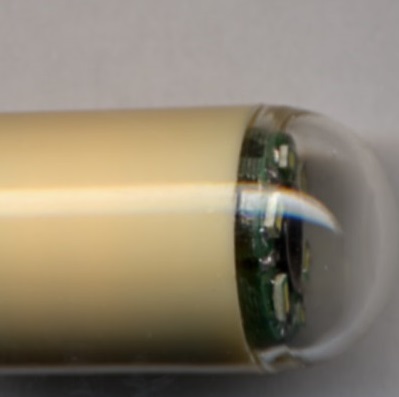
As indicated by its title, IQ-MED: Image Quality enhancement in MEDical diagnosis, monitoring and treatment, the core concept of the project enhancement of medical images, leading to better healthcare. The project is highly relevant and of great benefit to society. High quality of medical images are crucial in order to ensure the best possible diagnosis, monitoring, and treatment of patients. The project is divided into four work packages. The first is an overarching work package on image quality enhancement, relevant for the three other work packages. The second work package focuses on enhancing the quality of capsule video endoscopy. The third work package is dedicated to image enhancement for more accurate navigation in video guided surgery. The last work package focuses on image enhancement in skin imaging.
The project includes several national and international partners, whom of each is renowned in their field and highly capable of bringing complementary skills. The innovation capacity and the number of innovative activities of the public sector actors increase through the collaboration with the relevant public sector actors, as Oslo University Hospital and Innlandet Hospital. This collaboration also facilitates and enhances the value creation through the utilisation of the research results in practice, It also ensures that the results are brought into practice fast and thereby benefit society.
The project will support the education of 3 PhD candidates and 2 researchers holding a PhD will be employed. An extensive list of highly competent and relevant partners from Norway and abroad will contribute significantly to the success of the project, e.g. through an extensive mobility program.
-

Contrast is important in our visual system. Contrast sensitivity is a measure of our ability to discern between different luminance levels in an image. It is well-known that contrast sensitivity various between individuals, changes over time, and at spatial frequencies. To a human observer horizontal and vertical lines are more visible than diagonal ones. The so-called "oblique effect" has been known for many years, where the contrast sensitivity decreases considerably for oblique ratings. Experiments have shown contradictory results for whether this oblique effect exists for chromatic gratings or not. In this work we propose to investigate orientation selectivity in the chromatic channels and its consequences on display quality.
Through collaboration between Gjøvik University College and University of Burgundy we will collect data on the selectivity of chromatic gratings for oblique patterns in Norway and France. The complementary experience and skills of the two institutions is a key factor for the success of the project.
-

Skin diseases the class of diseases with the largest incidence and degree of change. Because of the complexity of the field and limited training, many misdiagnoses are done by primary care physicians/general practitioners (GP). This leads on the one hand to increased healthcare spending due to unnecessary referrals to specialists (dermatologists) and also undiscovered serious diseases and resulting increased mortality. The first point of contact for most patients is with their GP, and this is our main target group. Precise early diagnosis is very important for success of both treatment and controlling risk. Computer aided diagnosis (CAD) systems have been introduced, they have been perceived as being useful, but are not in widespread use. Existing dermatological diagnostics tools and technologies are currently not properly addressing many problems and issues faced by GPs.
-
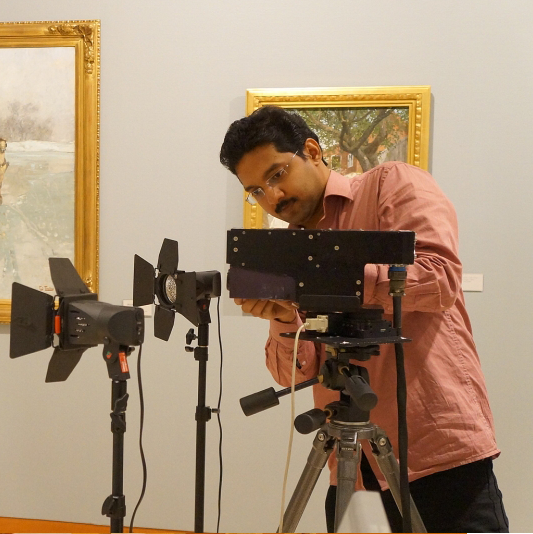
The acceptance of spectral imaging technology in the cultural heritage sector is growing due to the potential advantages it can offer. Spectral imaging combines the power of spectroscopy and digital imaging. In spectral imaging, images at different wavelengths (within and beyond the visible spectrum) are captured and analyzed. This technique has found to have several advantages over other conventional imaging modalities. While multispectral systems have been introduced to the sector a few decades ago, it is only recently that hyperspectral systems (with hundreds of channels) are starting to be employed. Some ongoing projects with the above‐mentioned objectives employ spectral imaging in addition to other conventional analysis techniques. Although spectral imaging systems has proven to perform better than conventional imaging in many aspects to achieve the above objectives, still there are many research questions to be addressed. The aim of this pre-project is to conduct a pilot study to address existing challenges and explore more possibilities with spectral imaging of ancient manuscripts
-
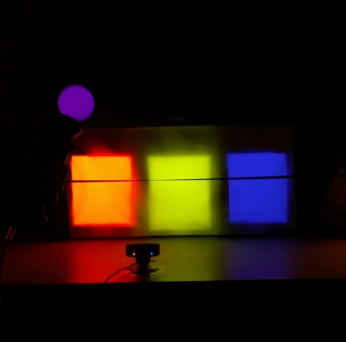
Colour surrounds and affects us all. Customers of colour imaging products, such as TV and computers, often use colour attributes when purchasing a product, i.e. the colour should be correct. It is also known that the colour of familiar objects seen in the past, often referred to as memory colours, should be correct or as close as possible to seen colour. A common method for observers to reproduce colours is colour mixing, where an observer, by controlling various colour channels, can produce a colour from memory or to match towards a reference colour. Existing research has shown great diversity among observers when performing colour mixing experiments. In order to obtain a sufficiently diverse group for research, a large number of observers is required. This is difficult to attract in a pure academic setting. In this project researchers from Gjøvik University College will collaborate with educators from Vitensenteret Innlandet, bringing together the top-level research done at Gjøvik University College and the unique position of Vitensenteret to carry out research on memory colours, while educating youth in the field of colour.
In the pre-project a pilot-experiment will be carried out, where data will be collected to analyze the feasibility of collecting colour science data in a science center. For the experiment to provide enough data it needs to be attractive and engaging for its users. This can be done through gamifying it, where game thinking and game mechanics is applied in a non-game context in order to engage and attract users.
-
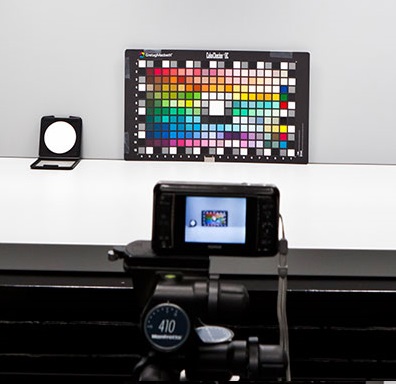
Supporting Gjøvik University College's strategy of strengthening a few excellent research groups, the present project proposal builds on the internationally renowned research at the Norwegian Colour and Visual Computing Laboratory, and broadens its scope into new application areas of huge societal importance, such as universal design, 3d multimedia, health technology, and information security. As indicated by its title, HyPerCept - Color and quality in higher dimensions, the core concepts of the project are color and quality, both complex perceptual attributes that are currently not fully understood, which we will investigate in dimensions beyond what is common, both concerning the attributes themselves and their domain of application.
-
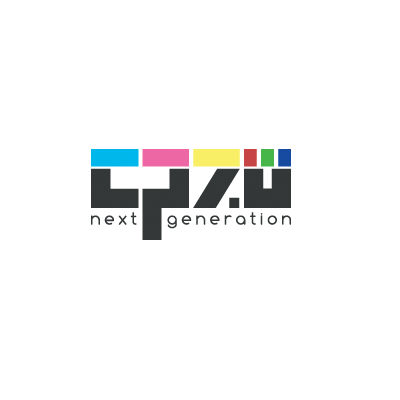
Colour Printing 7.0: Next Generation Multi-Channel Printing (CP7.0) was a training and research project funded by Marie Curie Initial Training Networks (ITN) CP7.0 N-290154 funding under the 2010/2011 call. The project was led by The Norwegian Colour and Visual Computing Laboratory at Gjøvik University College and was executed in collaboration with 5 full network partners and 6 associated partners from academia and industry throughout Europe. The project addressed a significant need for research, training and innovation in the printing industry. Through this project we carried out research in the colour printing field by fully exploring the possibilities of using more than the conventional four colorants (CMYK) in printing and focussing particularly on the spectral properties. The goal was to train a new generation of printing scientists who will be able to assume science and technology leadership in this established technological sector.
-
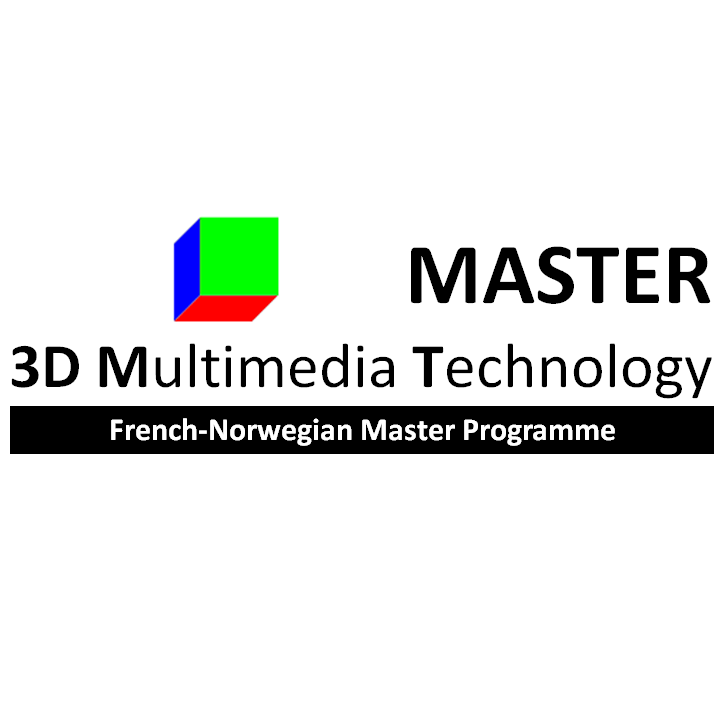
University Jean Monnet Saint-Etienne (France) and Gjøvik University College (Norway) are combining their skills and expertise to offer a two-year Master Course in 3D Multimedia Technology (3DMT).
The study programme of this Master is scientifically original and encompasses computer vision and imaging science and computer science and multimedia technology as a mix of relevant theoretical and practical knowledge. The objective is to educate students in advanced methodologies and models in computational 3D imaging. Both pratical applications and further research studies orientations can pursued.
-
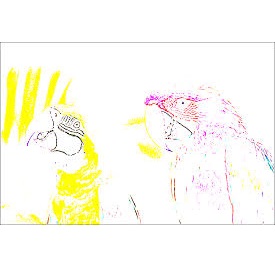
There is as yet no clear recommendation for quantifying visual image difference between the original and reproductions of photo realistic images because of the complexity of these multiple factors. My research aims 1. To develop an image difference metric which takes into account attributes of colour perception including lightness, chroma and hue, as well as other factors such as image content, substrate and media. 2. Implement and evaluate the metric in a graphic arts proofing context. 3. Indicate how the metric can be extended to incorporate other quality parameters.